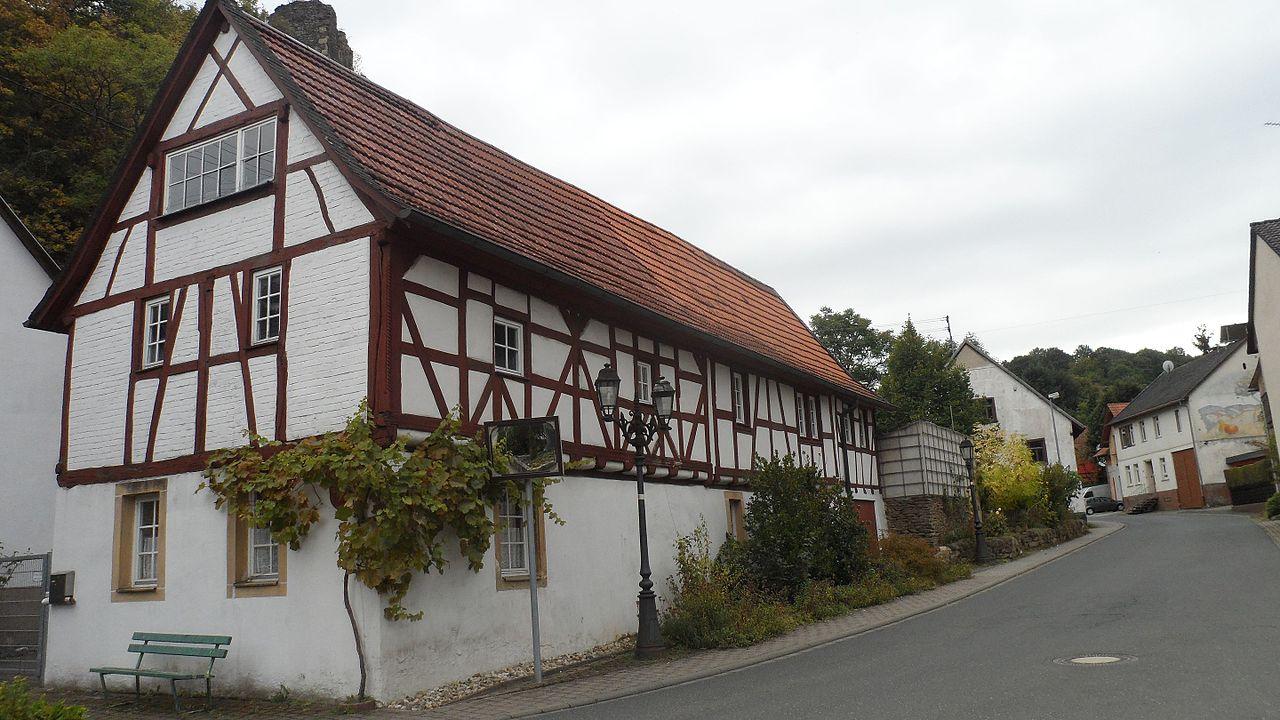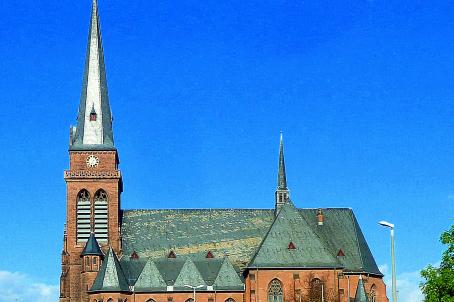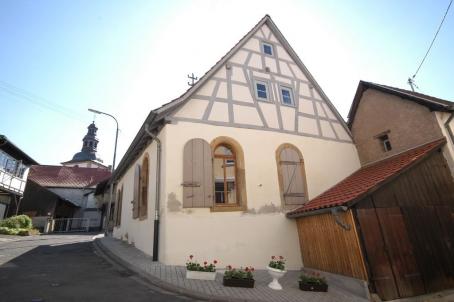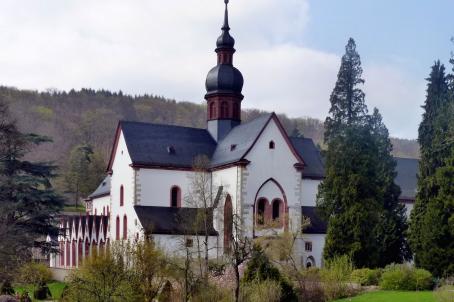Argenschwang Synagogue
The Argenschwang synagogue was built in the 17th and 18th centuries. The two-storey half-timbered house with rectangular windows was purchased by the Jewish community in the 18th century in order to establish a synagogue there after an extension of the building. The prayer hall was located on the upper floor. The prayer hall had a vaulted wooden ceiling painted with a starry sky. During the pogrom of November 1938, the interior was probably devastated and damaged. In 1980, the exterior of the building was repaired.






